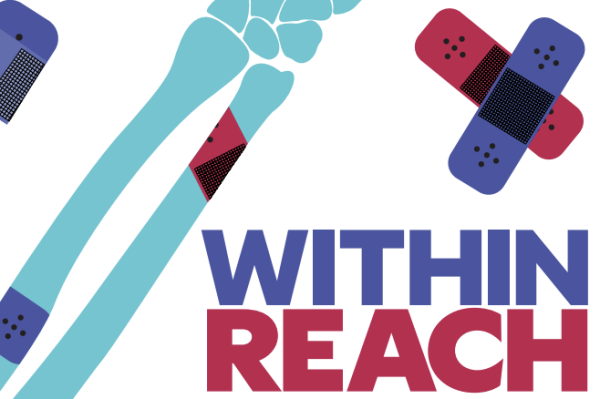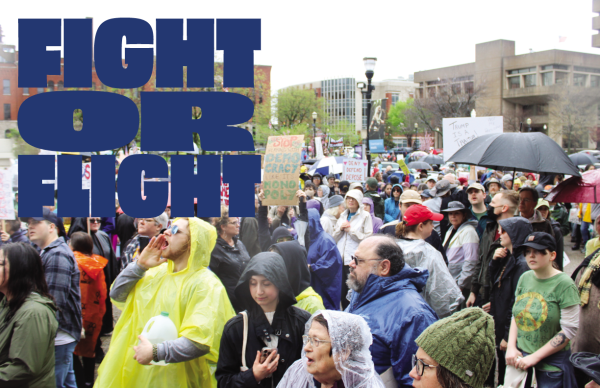COVID-19: A Pandemic
Read for daily local, national, and global COVID-19 pandemic updates.
President Trump declared that the coronavirus, or COVID-19, outbreak in the U.S. constitutes a national emergency on March 13.
According to the World Health Organization (WHO), coronaviruses are kinds of viruses that can result in common colds or more severe respiratory illnesses. COVID-19 is a new strain of the coronavirus.
Chinese health officials first identified COVID-19 in Wuhan, China in December 2019, and it has now spread globally. Currently, according to the Center for Disease Control (CDC), there are over 3000 cases in the U.S., and there have been close to 70 deaths in the U.S. Symptoms of the disease include fever, cough, and shortness of breath; symptoms can appear anywhere from two to 14 days after exposure to the virus.
On March 11, the WHO declared the COVID-19 outbreak as a pandemic.
“WHO has been assessing this outbreak around the clock and we are deeply concerned both by the alarming levels of spread and severity, and by the alarming levels of inaction. We have therefore made the assessment that COVID-19 can be characterized as a pandemic,” said Dr. Tedros Adhanom Ghebreyesus, the Director-General of the WHO at a media briefing.
Those most at risk for infection include older adults and those with chronic medical conditions like heart disease, lung disease, or diabetes.
To prevent the virus from spreading further, the CDC is encouraging adequate hand washing, social distancing, and for events and work to take place at home or virtually. Social distancing includes not touching others, avoiding crowds, standing several feet (about six feet) away from others, and staying home if you feel sick.
As the virus continues to spread, cities and states across the country are taking measures to slow it down. Schools have closed in several states including West Virginia, Ohio, Washington state, New Mexico, New York, California, and here in Kentucky. Colleges across the country have also begun to move to online instruction or canceling semesters altogether. Bellarmine University, the University of Louisville, and the University of Kentucky have all moved to online classes..
On March 15, The CDC also recommended that gatherings of more than 50 people be postponed or canceled for eight weeks. In a news conference yesterday, President Trump said that people should avoid gatherings of more than 10 people.
Here in Kentucky, the first COVID-19 case was detected on March 6. As of Monday night, there are now 25 confirmed cases. Governor Andy Beshear announced the first Kentucky COVID-19 death on Monday morning. The victim was a 66-year-old man from Bourbon County. Although he had other health concerns, Beshear still labeled it as Kentucky’s first COVID-19 death.
After several Kentucky leaders attended an event where an attendee tested positive for COVID-19, Rep. John Yarmuth and Louisville Mayor Greg Fischer have both tested negative. Fischer said he will remain in self-quarantine for 14 days.
Also on Monday morning, Beshear ordered all restaurants and bars to close in-person dining starting at 5 p.m.
“I’m not going to be the governor who acted two weeks too late,” Beshear said late Sunday evening at a press conference.
After Kentucky Secretary of State Michael G. Adams recommended that Beshear postpone primary elections, they will now be held on June 23 rather than the original May 19.
For more information regarding COVID-19, please visit: https://www.cdc.gov/coronavirus/2019-nCoV/index.html
To view Governor Beshear’s daily press conferences and COVID-19 updates, visit:
https://www.youtube.com/channel/UChRbM-FLeKV4tKUwlMf6XNg
*This story is being updated on a daily basis.*
Donations are collected through The Publishers, duPont Manual High School's booster club for J&C. On The Record relies completely on sponsorships, advertisements, and donations to produce and distribute each issue. Please consider donating to our cause, and helping the student journalists of OTR amplify youth voices for years to come.








